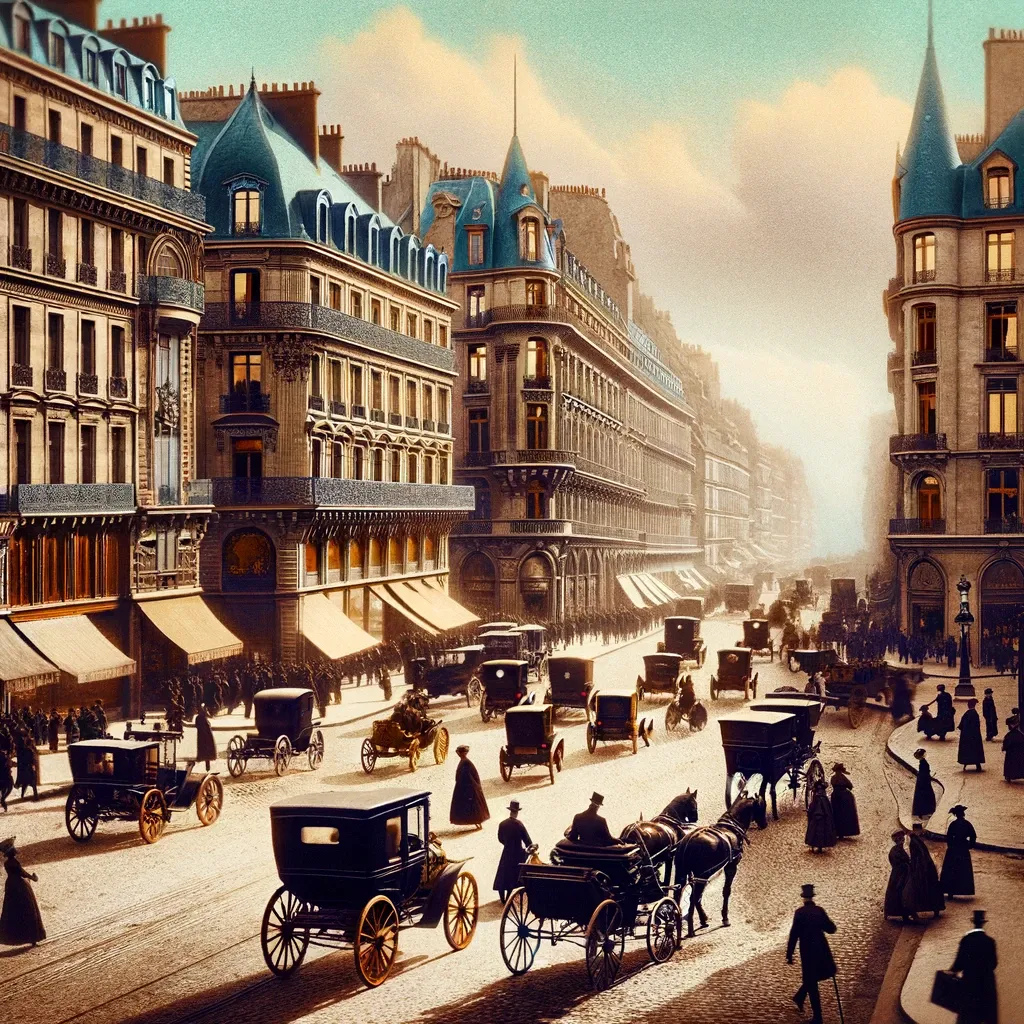77 stunning color photographs of world cultures from a century ago

Archives of the Planet: 77 Color Photographs of the World in the Early 1900s. At the dawn of color photography in 1909, French banker Albert Kahn set out to visually document every culture on Earth. Kahn presented this project as a kind of antidote to the xenophobia and nationalism he observed throughout his life. Using his amassed fortune, he funded a team of photographers to capture images around the world. Kahn's team spent over two decades shooting. As a result, approximately 72,000 color photographs were created in 50 countries, from Ireland to India, and everywhere in between. This impressive collection of photographs was named Les Archives de la Planète, "Archives of the Planet." Albert Kahn: Formative Years of Life.
Born on March 3, 1860, in Marmoutier, France, Albert Kahn grew up in a Jewish family.
When he was just a boy, the Prussians annexed his native province of Alsace-Lorraine in 1871, so the Kan family moved to another part of France. Eventually, Albert Kan moved to Paris. As Jews, the Kan family faced discrimination, bigotry, and systemic obstacles in 19th century France.
But young Albert (who "Christianized" his given name Abraham) managed to overcome these problems thanks to his intellect, and he received a first-class education.
In Paris, Kana's rapid rise as a financier allowed him to become a member of the French elite. He found himself among intellectuals, including the sculptor Auguste Rodin and the philosopher Henri Bergson. These friendships and Kana's early travels, such as to Egypt, Vietnam, and Japan, broadened his vision of the potential impact he could have on world politics.
Traffic circle Fellowship.
Albert Kahn began to act on these beliefs by establishing his Autour du Monde ("Around the World") scholarships in 1898. A precursor to many modern international exchanges, Kahn's scholarships allowed young graduates to travel the world and explore new places. "I ask you for only one thing," Kahn told the scholars, according to Apollo Magazine, "that you keep your eyes wide open."
- In addition to the scholarships, Kan created a garden on his estate outside of Paris with a similar vision.
- The garden combines elements of French, British, and Japanese gardening to enhance visitors' respect for other cultures and foster a sense of harmony among them.
- St
- ypendias and the garden were early efforts.
But for Kahn, everything changed with the development of the autochrome, the first practically applicable process for color photography. Appropriately named, the Lumière brothers (the French word for "light") received a patent for it in 1903.




“The Archives of the Planet” by Albert Kahn.
From 1909 to 1931, the team of Kan traveled to 50 different countries, including Turkey, Algeria, Vietnam (then known as French Indochina), Sudan, Mongolia, and Kan's native France. Their collaborative work consists of about 72,000 autochromes and over 100 hours of video recordings. Although the names of the photographers—Auguste Léon, Stéphane Passe, Marguerite Mespoulet, Paul Castelnau, Léon Busy, and others—have faded into the background of history, their work captured the faces, clothing, and habits of the peoples of the Earth as they lived a hundred years ago. Kan kept these incredible records in organized folders in his home on the outskirts of Paris. Many weekends, he invited friends and scholars to stroll through his gardens and sometimes to view the world archives.
Completion of the photographic project.
In the 1930s, Albert Kahn's fortune collapsed along with the world economy. By 1931, the money for the Archives of the Planet project had dried up. His vision of a more peaceful future also had its limits. Kahn died in 1940 at the age of 80, just months before the Nazi occupation of France. However, his "Archives of the Planet" project is still alive today. Visitors to Paris can travel outside the city to see Albert Kahn's museum and garden. Though not all of his images are on public display, many historic autochromes are available for the public to view. Even decades after Kahn's death, the message of his legacy is clear: we are all part of the same human family, despite where we come from. We are not as different as those who try to divide us would like to suggest.
Comment
Popular Posts
Popular Offers

Subscribe to the newsletter from Hatamatata.com!
Subscribe to the newsletter from Hatamatata.com!
I agree to the processing of personal data and confidentiality rules of Hatamatata










